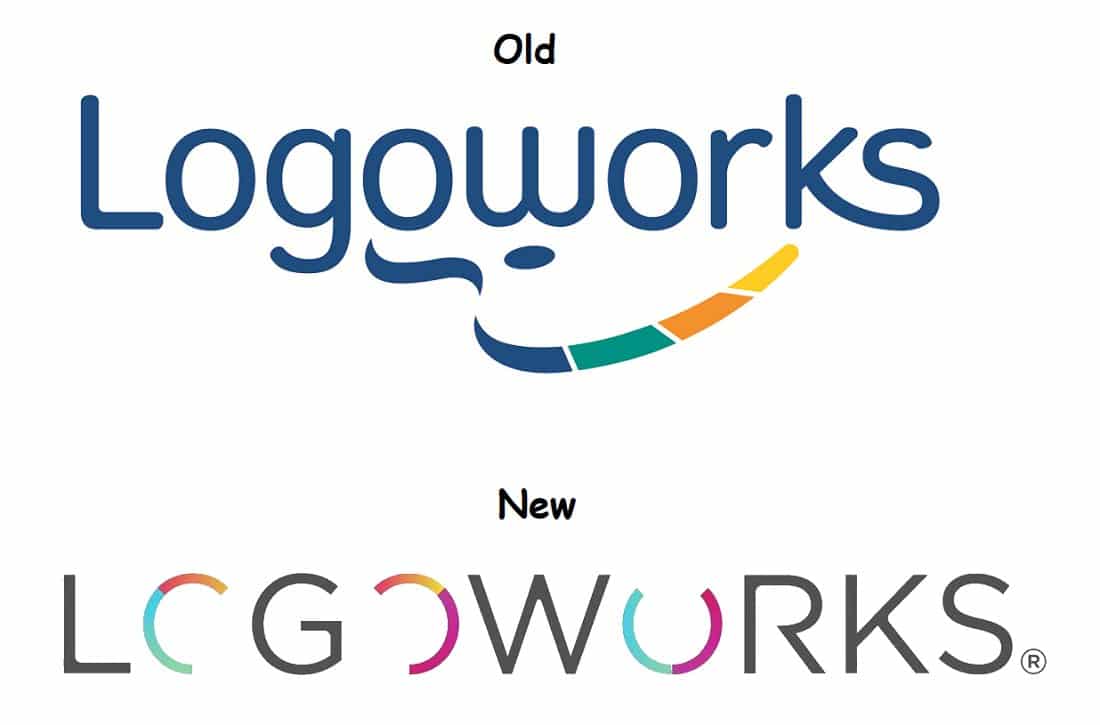Rebranding cities is by no means a new concept. However, as of late it does seem to be becoming more and more prevalent. This is certainly an interesting, multi-faceted issue that deserves some discussion. Why do cities rebrand? What do they hope to achieve? What are the benefits and potentially negative consequences of rebranding an entire city? Rebranding, in and of itself, is a concept that is applied to products and companies with the aim of altering the brand’s existing identity. In the case of a city, the city is the product that is being rebranded.
Let us begin by establishing the possible goals associated with rebranding a city. Most, if not all of these goals, are centered around the concept of increasing tourism, boosting the economy, and attracting new residents in an effort to grow the city.
Goals Associated With City Rebranding
1. Differentiating the city from other places
2. Reviving the existing image that is now outdated
3. Re-imaging a pre-existing negative idea of an area, areas, or the city as a whole
4. Highlighting any significant, positive changes to an area, areas, or the city as a whole
These goals are generally implemented in an organized marketing campaign with the aim of increasing city pride amongst the current citizens. The underlying aim is the promotion of the city as a product. Corporations and even small businesses choose to rebrand in an effort to alter and sometimes even completely reinvent their image in order to maintain a competitive edge in an increasingly competitive marketplace. Similarly, many cities are now seeking to rebrand in order to attract tourists, commerce, and increase economic growth, and they are competing with other cities, just as businesses are competing with each other.
Differentiating a City From Other Places
This is an important concept for marketers and city planners who are undertaking a city-wide rebranding effort. Often, the inclination is to provide tourists with amenities to which they are accustomed. However, this can be potentially hazardous as it can create a certain type of uniformity amongst cities. Instead, the focus ought to be the special characteristics of the city, those aspects of the city that make it unique. These are the attributes that should be highlighted in order to appeal to tourists. Amenities should be built around these particular characteristics in order to help define the city’s identity, to truly created a unique identity that does, in fact, differentiate the city from other places.
Reviving an Outdated Image
In today’s accelerated technological atmosphere, consumers expect certain levels of technological quality and advancement, even from cities that they are visiting for the history of the city. Although the image of a city may be consider historical or quaint, visitors and residents want the updated amenities. Cities are in the position of needing to establish to the rest of the world that they are current an relevant, that they are centers of cultural interest and technological innovation.
Re-imaging a Negative Image
This can be a complicated process. Particularly for areas that were once heavily industrialized, there are often associations of dereliction, decay, pollution, poverty, homelessness, high crime rates, violence, vandalism, and a lack of civic amenities. Rebranding these areas can breathe new life into them, increasing the value of the city as a whole. By strategically revamping formerly industrialized areas and recreating them as centers of leisure and civic activity, areas that were once considered “a bad part of town” become areas that attract commerce, investment, shops, restaurants, new housing, events, and tourists. Changing the perception of specific areas of a city can greatly alter the overall perception of the city itself. It is important to take the time and the correct, careful measures to revamp formerly neglected areas. The changes made should be consistent with the entire rebranding of the city.
Highlighting Positive Changes
Once a rebranding effort has taken place, highlighting the positive changes to areas of a city or to the city as a whole can definitely make a significant difference in the perception of the city. This not only assists in increasing tourism but also engenders city pride amongst the current residents. In truth, a city is run by its citizens, and citizens who are proud of their city are like employees who are proud of the brand they are selling.
Rebranding a city can be an incredibly positive endeavor if accomplished properly. The benefits to the city and its residents can be widespread and long-lasting. However, there are also some negative consequences to consider. A rebranding effort should not completely forsake the cultural heritage of a city. Instead, it should emphasize the uniqueness and the positive aspects of the city. The idea is not to build a new city but to recast the existing city in a better light. The idea is to create a process of city-wide regeneration in order to provide the city with a new image that will endure based on a solid foundation of the city’s best pre-existing attributes.



